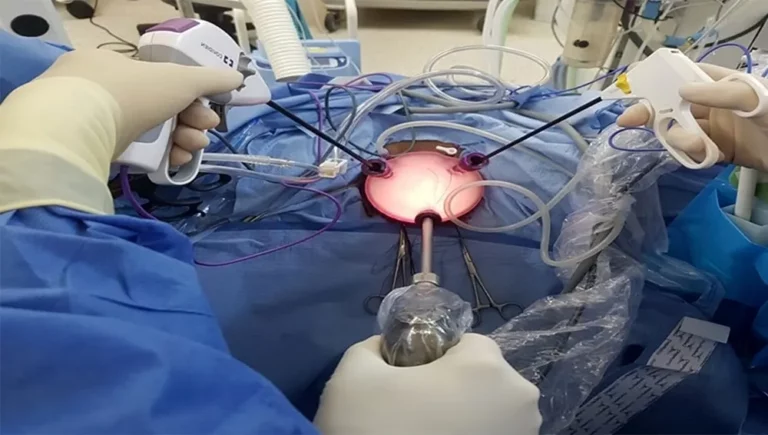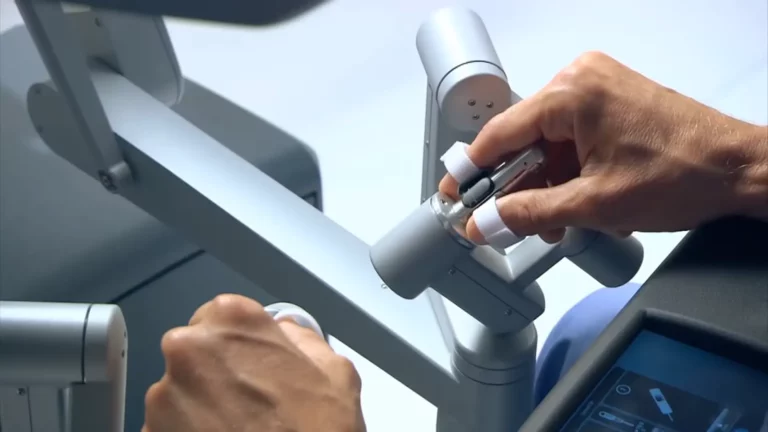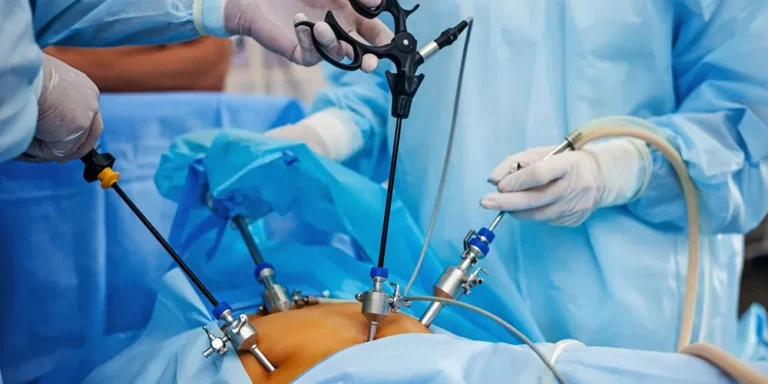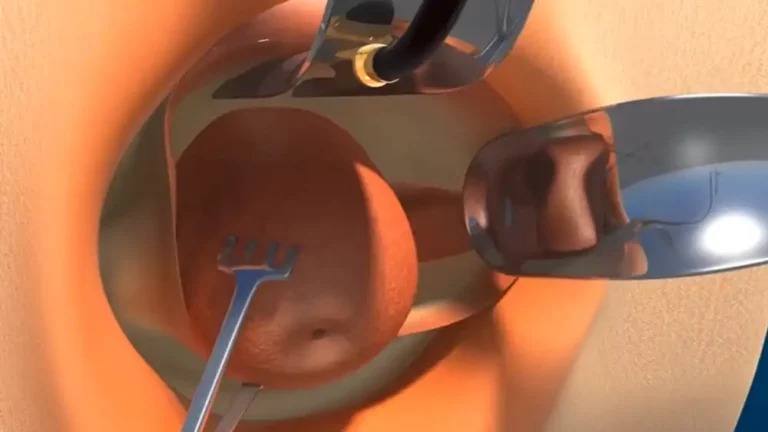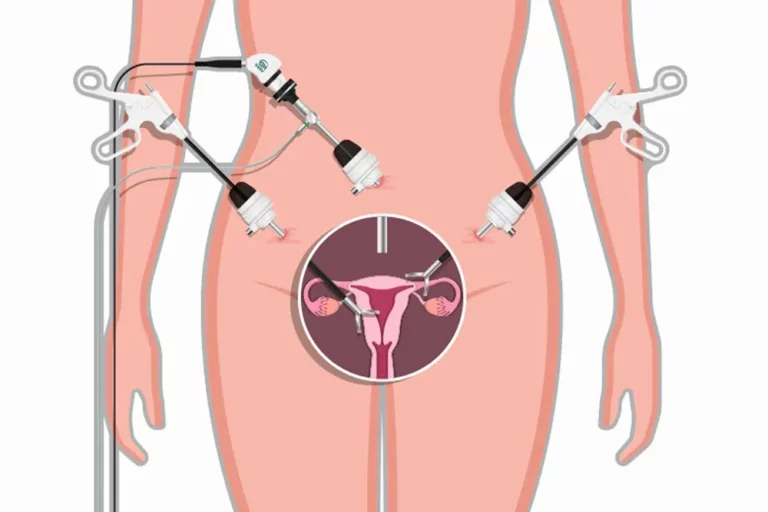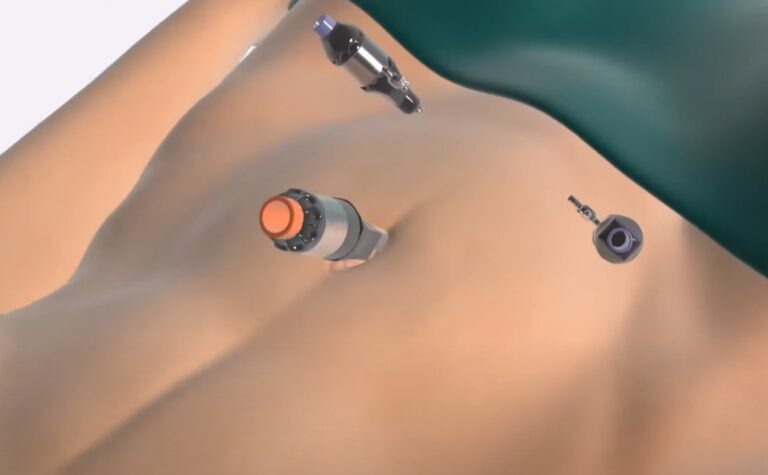Laparoscopic Assisted Vaginal Hysterectomy (LAVH)
Laparoscopic Assisted Vaginal Hysterectomy (LAVH) is a surgical technique that removes the uterus using small incisions in the abdomen and vagina. It combines the advantages of laparoscopy and vaginal hysterectomy, leading to less pain, faster recovery, and fewer complications compared to traditional abdominal hysterectomy. This article delves into the intricacies of LAVH, including the procedure itself, the recovery journey, and crucial factors to consider.
Understanding Laparoscopically Assisted Vaginal Hysterectomy
In a laparoscopic assisted vaginal hysterectomy, the surgeon employs specialized instruments and a laparoscope—a slender tube equipped with a camera—to facilitate visualization and execution of the procedure. By making small incisions in the abdomen, the laparoscope is inserted, allowing for a precise view of the pelvic organs and their supporting structures. Additionally, supplementary instruments are introduced through the vagina to assist in the safe removal of the uterus.
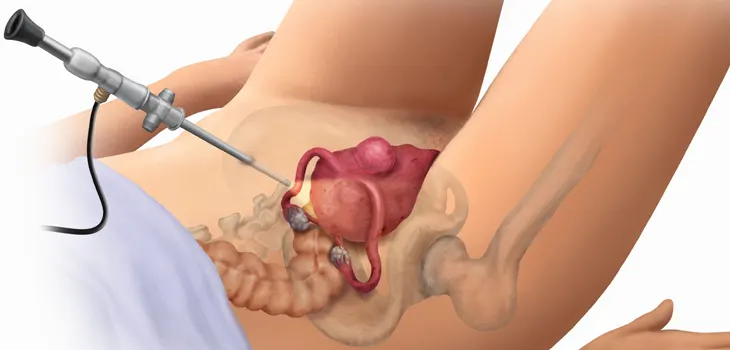
Benefits of Laparoscopic Assisted Vaginal Hysterectomy
- Minimally Invasive: Compared to traditional abdominal hysterectomy, LAVH offers smaller incisions, resulting in less scarring, reduced pain, and a faster recovery.
- Shorter Hospital Stay: Most patients can go home on the same day or within a short period after the surgery, leading to a quicker return to daily activities.
- Reduced Complications: LAVH has a lower risk of infection, blood loss, and damage to surrounding organs compared to open surgeries.
- Preserves Vaginal Function: The vaginal approach preserves the natural birth canal and maintains sexual function.
Laparoscopic Assisted Vaginal Hysterectomy (LAVH): Procedure
Before undergoing LAVH, it is essential to consult with your doctor to discuss the specifics of your case and any concerns you may have. Here are some key aspects of the procedure:
Anesthesia
LAVH is commonly conducted using either general anesthesia or regional anesthesia, depending on your specific medical condition and the advice of your healthcare provider. Your doctor will discuss the available anesthesia options with you, guiding you towards an informed decision.
Incisions and Instrument Placement
In the course of LAVH, precise incisions are created in the abdomen to introduce the laparoscope and other surgical instruments. Moreover, instruments are inserted through the vagina to facilitate the removal of the uterus. These incisions are thoughtfully positioned to minimize scarring and encourage optimal healing.

Uterus Removal and Supporting Tissues
Using advanced surgical techniques, the surgeon detaches the uterus from its supporting tissues and ligaments. The blood vessels are carefully sealed to minimize bleeding. Once the uterus is fully detached, it is removed through the vagina or, in some cases, morcellated (divided into smaller pieces) for easier extraction.
Post-Surgery and Recovery
After the procedure, you will be transferred to the recovery room, where skilled healthcare providers will closely observe your vital signs and ensure your well-being. It is common to encounter some discomfort, and your doctor might prescribe pain medication to alleviate it. The duration of your hospital stay will be determined by your specific situation, although most patients are typically discharged within one to two days.
Recovery and Aftercare
Facilitating healing during the recovery from LAVH entails taking appropriate self-care measures. Here are key considerations to bear in mind:
Rest and Physical Activity
In the early stages of recovery, prioritizing sufficient rest is crucial. Refrain from engaging in heavy lifting and demanding activities for the duration prescribed by your doctor. Over time, gradually reintroduce gentle exercises like walking to enhance blood circulation and support the healing process.

Managing Discomfort
It is typical to encounter discomfort, swelling, or vaginal bleeding after undergoing LAVH. Your doctor may prescribe pain medication and offer further suggestions for alleviating these symptoms, such as utilizing ice packs or taking sitz baths. It is crucial to adhere to your doctor’s instructions and promptly communicate any concerns or unforeseen symptoms.
Follow-up Appointments
Your doctor will arrange follow-up appointments to evaluate your progress and ensure a smooth healing process. These visits involve examining your incisions, checking for signs of infection, and addressing any inquiries or worries you may have. It is vital to attend these appointments as scheduled and communicate any observed changes or issues during your recovery.
Resuming Daily Activities
As your recovery advances, you can gradually reintegrate your regular daily activities. Nevertheless, it is crucial to pay attention to your body’s signals and prevent overexertion. Your doctor will furnish specific guidelines regarding when you can resume work, driving, exercise, and sexual intercourse. Adhering to these recommendations will contribute to a seamless recovery process.
Potential Risks and Complications
Although laparoscopic assisted vaginal hysterectomy is generally regarded as safe, similar to any surgical procedure, it entails inherent risks. These risks encompass potential infections, bleeding, harm to neighboring organs, blood clots, and adverse reactions to anesthesia. Nevertheless, the probability of encountering complications is comparatively low, and your healthcare team will implement essential precautions to mitigate these risks.
Alternative Procedures
In some cases, laparoscopic assisted vaginal hysterectomy may not be suitable or feasible, depending on individual factors. Your doctor will evaluate your condition and may recommend alternative procedures, such as abdominal hysterectomy or total laparoscopic hysterectomy (TLH). It is important to discuss the pros and cons of each option with your doctor to make an informed decision about the most appropriate procedure for your specific needs.
Important Considerations and Precautions: When to call your doctor
While laparoscopic assisted vaginal hysterectomy is generally considered a safe procedure, like any surgery, it carries inherent risks. These risks may include the possibility of infections, bleeding, damage to surrounding organs, blood clots, and adverse reactions to anesthesia. However, it is important to note that the likelihood of experiencing complications is relatively low, and your healthcare team will take necessary precautions to minimize these risks.
Communication: Foster open and transparent communication with your doctor. Inform them about your current medications, supplements, and allergies. Additionally, it is crucial to disclose any possibility of pregnancy.
Preoperative Instructions: Your doctor will furnish you with precise instructions to prepare for the surgery, which may include fasting guidelines and any required tests or medications prior to the procedure. Adhering to these instructions diligently is essential to facilitate a successful surgery.
Support System: Establishing a reliable support system is of utmost importance as you embark on your journey to recovery. This invaluable network can be comprised of caring family members, trusted friends, or dedicated caregivers who are readily available to assist you with everyday household tasks, transportation needs, and provide the much-needed emotional support during this period of healing.
Mental and Emotional Well-being: It is vital to acknowledge that undergoing a surgical procedure can present a range of emotional challenges. It is completely natural to experience emotions such as anxiety, fear, or sadness. To foster a sense of tranquility and overall well-being, engaging in activities that promote relaxation can be highly beneficial. Additionally, it is crucial to bear in mind that your healthcare team is not only there to address your physical needs but also to provide support for your mental and emotional well-being. Feel free to reach out to them without hesitation if you require any additional assistance or support.
Conclusion
Laparoscopic assisted vaginal hysterectomy is a modern surgical technique that offers several advantages over traditional abdominal hysterectomy. By combining laparoscopy and vaginal approaches, it provides a minimally invasive alternative with reduced pain, shorter recovery time, and preserved vaginal function. If you are considering this procedure, ask your doctor to determine if it is suitable for your specific condition. With proper preparation, expert medical care, and adherence to post-operative guidelines, you can achieve a smooth recovery and regain your overall well-being.
FAQs
What is laparoscopic assisted vaginal hysterectomy?
Laparoscopic Assisted Vaginal Hysterectomy (LAVH) is a minimally invasive surgical procedure that utilizes a laparoscope to aid in the removal of the uterus through the vagina.
How long does it take to fully recover from laparoscopic assisted vaginal hysterectomy?
The typical recovery period for a Laparoscopic Assisted Vaginal Hysterectomy is around four to six weeks. However it is important to note that for certain individuals it may take up to 6 weeks to achieve full recovery.
Can I take a bath after laparoscopic assisted vaginal hysterectomy?
It is usually recommended to avoid taking a bath for the first few weeks after the surgery. Instead you can take showers and gently clean the incision area.
Can a radical hysterectomy be performed using a laparoscopic assisted vaginal approach?
Yes, a radical hysterectomy, which involves the removal of the uterus, cervix, surrounding tissues, and sometimes the upper part of the vagina, can be performed using a laparoscopic assisted vaginal approach.
How are the ovaries and fallopian tubes removed during laparoscopic assisted vaginal hysterectomy?
Typically, the ovaries and fallopian tubes are detached from the uterus and fallopian tubes during the procedure. They are then carefully extracted either through small cuts or via the vagina.
Will I need to stop taking aspirin or blood thinners before laparoscopic assisted vaginal hysterectomy?
Prior to the surgery, your doctor will provide you with specific instructions concerning the use of aspirin or blood thinners. It is crucial to adhere to your doctor’s guidance in order to minimize the potential risk of excessive bleeding.
How is hemostasis achieved during laparoscopic assisted vaginal hysterectomy?
Hemostasis, or the control of bleeding, is achieved during the procedure using various techniques, such as cauterization, sutures, or the application of special instruments that help seal blood vessels and prevent excessive bleeding.
Do I need to wear sanitary pads after laparoscopic assisted vaginal hysterectomy?
Yes, it is common to wear sanitary pads after the surgery as there may be some vaginal bleeding or discharge during the initial stages of the recovery. Your doctor will provide guidance on the appropriate use of sanitary pads and when you can transition to other menstrual products.
How is LAVH different from a total laparoscopic hysterectomy (TLH)?
LAVH (laparoscopic assisted vaginal hysterectomy) and TLH (total laparoscopic hysterectomy) differ in the approach of removing the uterus. LAVH involves removing the uterus through the vagina with the assistance of a laparoscope, while TLH is a procedure where the uterus is completely removed using laparoscopic instruments inserted through small abdominal incisions.
